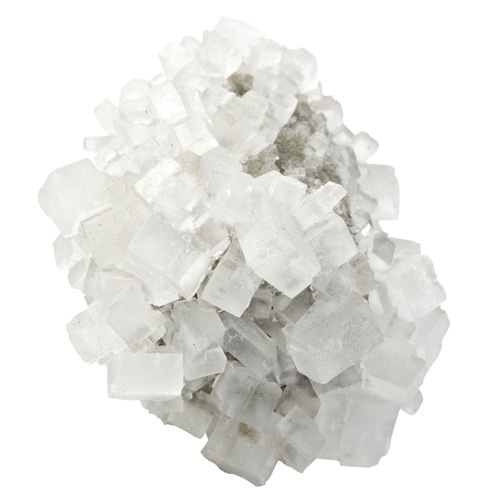 Sodium chloride has the potential to solve a major problem in the production of silicon nanostructures.
Sodium chloride has the potential to solve a major problem in the production of silicon nanostructures.
BY LINDA BAKER
 Ordinary humans might want to cut down on their sodium chloride intake. But if you happen to be a nanoscientist, lowly table salt is shaping up to be a must-have ingredient. That’s because sodium chloride, as it turns out, has the potential to solve a major problem in the production of silicon nanostructures — tiny, dust-size materials that have enormous potential in everything from electronics to biomedicine and energy storage. By melting and absorbing heat at a critical moment during a “magnesiothermic reaction,” the salt prevents the collapse of the nanostructures that researchers are trying to create, says David Xiulei Ji, an assistant professor of chemistry at Oregon State University. The salt can also be easily washed away and reused. The use of the common condiment as a “heat scavenger” should allow scientists to create less expensive and more scalable silicon nanostructures, says Ji. And as the price goes down, new applications may open up. These include photonics, biological imaging, sensors, drug delivery and thermoelectric materials that can convert heat into electricity. “Salt,” says Ji, in a bit of an understatement, “is very competitive in terms of cost.”
Ordinary humans might want to cut down on their sodium chloride intake. But if you happen to be a nanoscientist, lowly table salt is shaping up to be a must-have ingredient. That’s because sodium chloride, as it turns out, has the potential to solve a major problem in the production of silicon nanostructures — tiny, dust-size materials that have enormous potential in everything from electronics to biomedicine and energy storage. By melting and absorbing heat at a critical moment during a “magnesiothermic reaction,” the salt prevents the collapse of the nanostructures that researchers are trying to create, says David Xiulei Ji, an assistant professor of chemistry at Oregon State University. The salt can also be easily washed away and reused. The use of the common condiment as a “heat scavenger” should allow scientists to create less expensive and more scalable silicon nanostructures, says Ji. And as the price goes down, new applications may open up. These include photonics, biological imaging, sensors, drug delivery and thermoelectric materials that can convert heat into electricity. “Salt,” says Ji, in a bit of an understatement, “is very competitive in terms of cost.”

